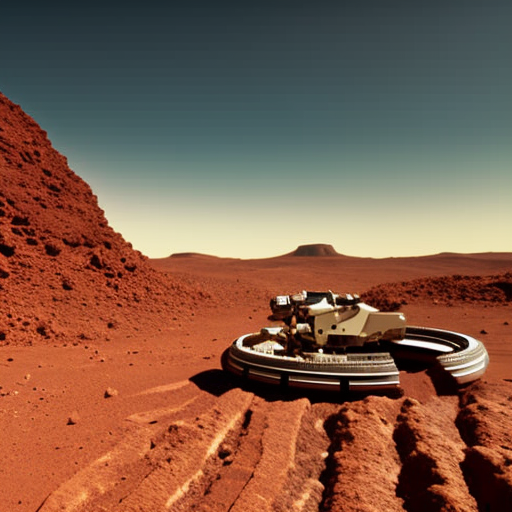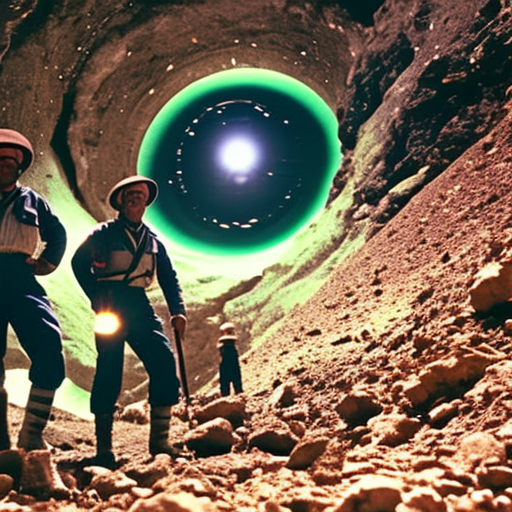Space elevators are a proposed method of transportation that could revolutionize space exploration by using a cable to transport people and cargo from Earth to space.
Planetary Rovers Explained
Planetary rovers are robotic vehicles designed to explore and gather data on the surface of other planets.
Extravehicular Activity Explained
Extravehicular activity refers to the scientific and technological practice of humans venturing outside their spacecraft in space.
Mars Exploration Explained
Mars exploration focuses on the scientific study and potential colonization of the red planet.
International Space Station Explained
The International Space Station is a multinational space station that serves as a laboratory for scientific research and international collaboration in space exploration.
Space Telescopes Explained
Space telescopes are advanced astronomical instruments that are launched into space to observe celestial objects and phenomena with greater clarity and precision than ground-based telescopes.
Satellite Technology Explained
Satellite technology refers to the use of artificial satellites for various purposes such as communication, navigation, weather monitoring, and scientific research.
Space Colonization Explained
Space colonization refers to the concept of establishing human settlements beyond Earth, primarily on other planets or moons.
Asteroid Mining Explained
Asteroid mining is the process of extracting valuable resources from asteroids in space.
Apollo 6 Explained
Apollo 6 was an unmanned test flight of the Saturn V rocket, which experienced multiple technical failures but ultimately paved the way for successful manned missions to the moon.
Vostok 3 Explained
Vostok 3 was a Soviet space mission that launched the first woman into space, Valentina Tereshkova, in 1963.
STS-95 Explained
STS-95 was a NASA space shuttle mission that marked the return to space of John Glenn, the first American to orbit the Earth.




















